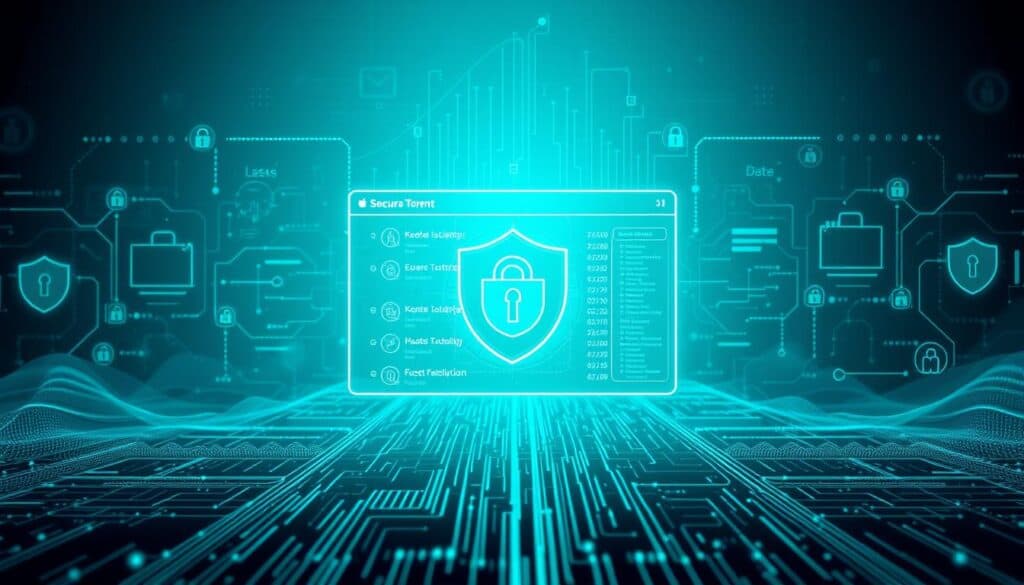Collecting Addresses Through a Address Collection Site
Collecting addresses can be a time-consuming, daunting task during the COVID outbreak. A centralized list will make gathering addresses for a wedding or other event much easier.
Create a website using your own personal URL. Share this link with your family and friends to allow them to give you their addresses birthday information, phone numbers and so on. Your new website will save all of the information you need without charge, limitation or hassle!
Addresses to collect
The process of collecting addresses for a wedding is vital. It can be accomplished in a number of ways, both electronically and in traditional ways. A website can be the most efficient method to gather and record addresses. These sites are simple to use, and you can share them with your friends and family to allow them to include their details online. You can then download the entire data as a spreadsheet or CSV file at anytime. These sites are generally free to use and never sell your address details or store it in a database.
One of the most popular digital options is a website called Mailbook. This site helps couples gather and compile all the information they require to make their invitations. When you sign up for a free account with the service you'll receive a unique link that can be shared via email, text message or Facebook. The link will prompt users to input their address information and will then save it to your personal contact list. The service provides a variety of features that can simplify the wedding planning process for couples.
Apps for tablets and smartphones are a different option to organize and collect addresses. These apps are a great way to keep in mind the names and addresses of your loved ones and can be used to create personalized envelopes or labels to send invitations or thank you cards. Most of these apps are free to download for free and offer various features that are useful to any wedding planning.

There are many ways to collect addresses. Combining manual and digital methods is the most effective way to make sure that everyone receives an invitation. In addition to making the process more efficient, having a central list of addresses can also aid you to communicate with your wedding vendors and check off other items on your to-do list.
Mobile Apps
Every mobile phone has an address book built-in which is often referred to as "Contacts." These apps come with additional tools to assist you in managing your personal information. Some apps include backup and sync capabilities which let you transfer information about your contacts and content between devices. Some have special features, such as a social compass that alerts friends of one another's presence or an identification service for callers that allows users exchange contact information in a single click.
CircleBack (FreeCircleBack (Free) helps eliminate duplicate entries and improve contact information by automatically combining new data from social media accounts. 주소모음 identifies the absence of information, such as job titles, and signals when the contact has been updated on another device.
Stat Trak Address Book is a simple software application that permits you to store contact information, print address books and labels. Its flexible features permit you to save additional information in notes and group information into categories. The software lets you remember contacts by first or last name and provides reminders for birthdays that are coming up. It can also analyze data and create detailed reports, reducing time by automating specific tasks. The software provides a variety of printing options for envelopes as well as address labels, including a template function to create your own designs.
Manual Methods
Addresses are a vital piece of information that can be used for many purposes including emergency response, administrative and mapping GIS and routing and navigation. They are collected by thousands of local jurisdictions, stored in a variety of databases and records and are utilized for a variety of purposes. These files are difficult to integrate into central databases due to the different formats and types of data. Software programs can help parse and standardize this information clearing mistakes and duplicate entries and ensuring that the information is complete and accurate.
These programs are built on algorithms that utilize complex databases and structures like GeoPostcodes to verify the accuracy of addresses and provide an evaluation of the data's consistency and accuracy. The data is then integrated into the CSDGM to create a single file. The program can also compare the file with authoritative databases to confirm its accuracy and its current state.
They are costly to set up and maintain, even though they offer valuable functionality. These programs are difficult to use or implement in large organizations or by the general public. They are also susceptible to bugs or errors, which could result in inaccurate or insufficient data.
There are a few standards that can be used to support data related to addresses, such as the Content Standard for Digital Geospatial Metadata(CSDGM), OpenGIS Simple Features Specification For SQL Revision 1.1 and the Geographic Information Data Model(OGDM). The OGC has a variety of other standards that are more directly focused on address data, but they do not consider high-quality information or reporting.
The OGC has developed three standards: ISO 19113, 19114, SDTS. ISO 19113, 19114, SDTS. These standards are more focused on the transfer and description of address-related information. These standards include testing of content for the different applications of this type of metadata and methods to assess the quality of the data.
A database is the most commonly used method of storing and storing address information. This can be as simple as a spreadsheet, or more complex data structures and tables. It is a very flexible and widely used tool however it can be challenging to create and manage, particularly in large organizations that have many users.
